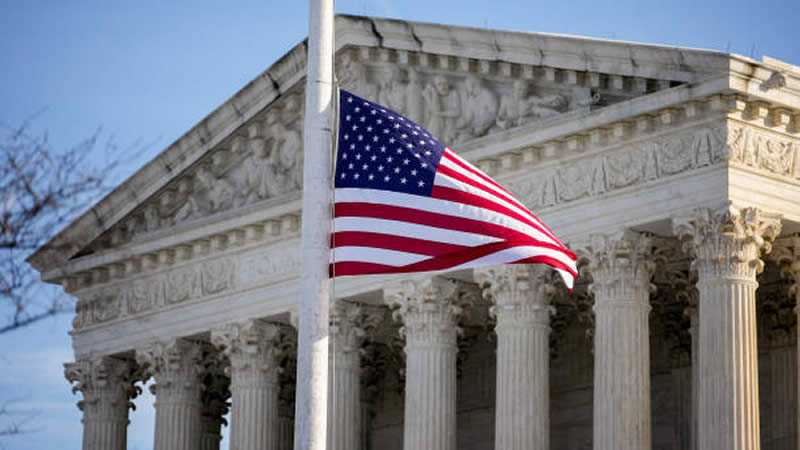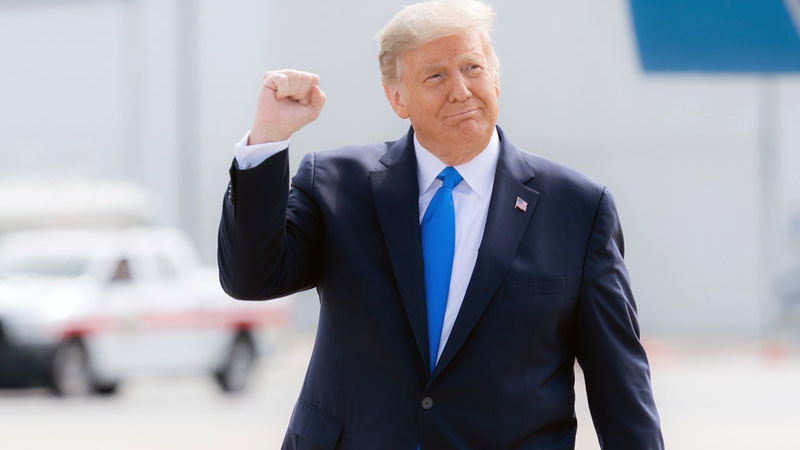Donald Trump’s latest Supreme Court case, Trump v. Wilcox, could hand him sweeping new powers — and potentially make him the most powerful president in US history. And it’s all playing out quietly on the Court’s “shadow docket,” away from the usual headlines.
At the heart of the case is a simple but explosive question: Should federal agencies that are meant to operate independently of the president, like the Federal Reserve or the National Labor Relations Board, still be protected from political interference? Or should Trump, or any president, be allowed to fire agency officials at will?
This battle revolves around something called the “unitary executive” theory, which claims the president has full control over all executive power in government. And judging by how the Court’s conservative majority has ruled in similar cases, agency independence could be on its last legs, reported Vox.

Back in 1935, the Supreme Court ruled in Humphreys Executor that agencies like the FTC should be shielded from political pressure, protecting expert decision-making over political whims. But the current Court, shaped heavily by Trump appointees, has made no secret of wanting to undo that ruling. Justice Kavanaugh once even said he wanted to “put the final nail” in it.
That desire to hand more power to the president has already played out. In this year’s Trump v. United States decision, the Court ruled Trump couldn’t be prosecuted for certain acts as president, even if he used his power to target political rivals.
Now in Wilcox, two federal officials — one from the National Labor Relations Board and another from the Merit Systems Protection Board — say they were wrongly sacked by Trump. The law says they can’t just be fired, but Trump did it anyway, arguing he should have total authority over executive officials. If the Court sides with him, it could gut civil service protections and open the door for politically motivated purges across government.
More worryingly, it could give Trump control over the Federal Reserve — the independent body that manages US interest rates. History already shows how badly that can go. In 1971, President Nixon pressured the Fed to boost the economy before his re-election, leading to years of disastrous inflation and economic stagnation.
If the Court goes along with this theory in full, Trump — or any future president — could run everything from law enforcement to the central bank without challenge. Critics say it’s a massive power grab dressed up as constitutional interpretation. And with the Court’s majority already embracing this theory in past rulings, many fear the outcome is already written — and the consequences could shake global markets and American democracy alike.
You Might Also Like:
- Single Dad Lured to Fake Date and Murdered by Teen Girl’s Boyfriend
- Ben Affleck talks about Jennifer Lopez in a recent appearance
- “Trump Just Met His Match” Robert Reich Says China, Harvard and Supreme Court Are Ready to Crush His Power Plays
- Meghan Markle and Prince Harry ‘not worth the hassle’ anymore, says paparazzo
- Woman Dies After Fake TikTok Surgeon Allegedly Botches Butt Implant Removal in NYC Apartment

